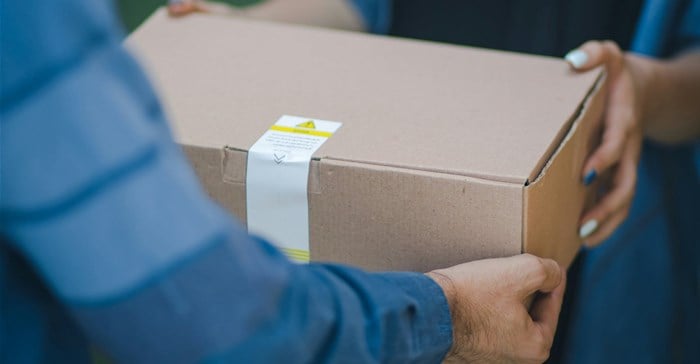
Related





Why people trust influencers more than brands – and what that means for the future of marketing
Kelley Cours Anderson 18 Nov 2025

Top stories

Marketing & MediaEXCLUSIVE: IAB South Africa releases the first Bookmarks Digital Rankings 2025
18 hours


Marketing & MediaAustralia’s social media ban is now in force. Other countries are closely watching what happens
Lisa M. Given 18 hours



More news






Marketing & Media
Primedia Broadcasting secures multiple wins at the 2025 Radio Awards



Marketing & Media
The G20 and Africa’s creative economy – a new window of opportunity

Energy & Mining
5 tips to avoid hefty electricity costs in the Cape Town CBD

Logistics & Transport
Transnet, ICTSI ink 25-year Durban Pier 2 deal, industry calls for transparency

Energy & Mining
Glencore first miner to export cobalt under new DRC quotas
















